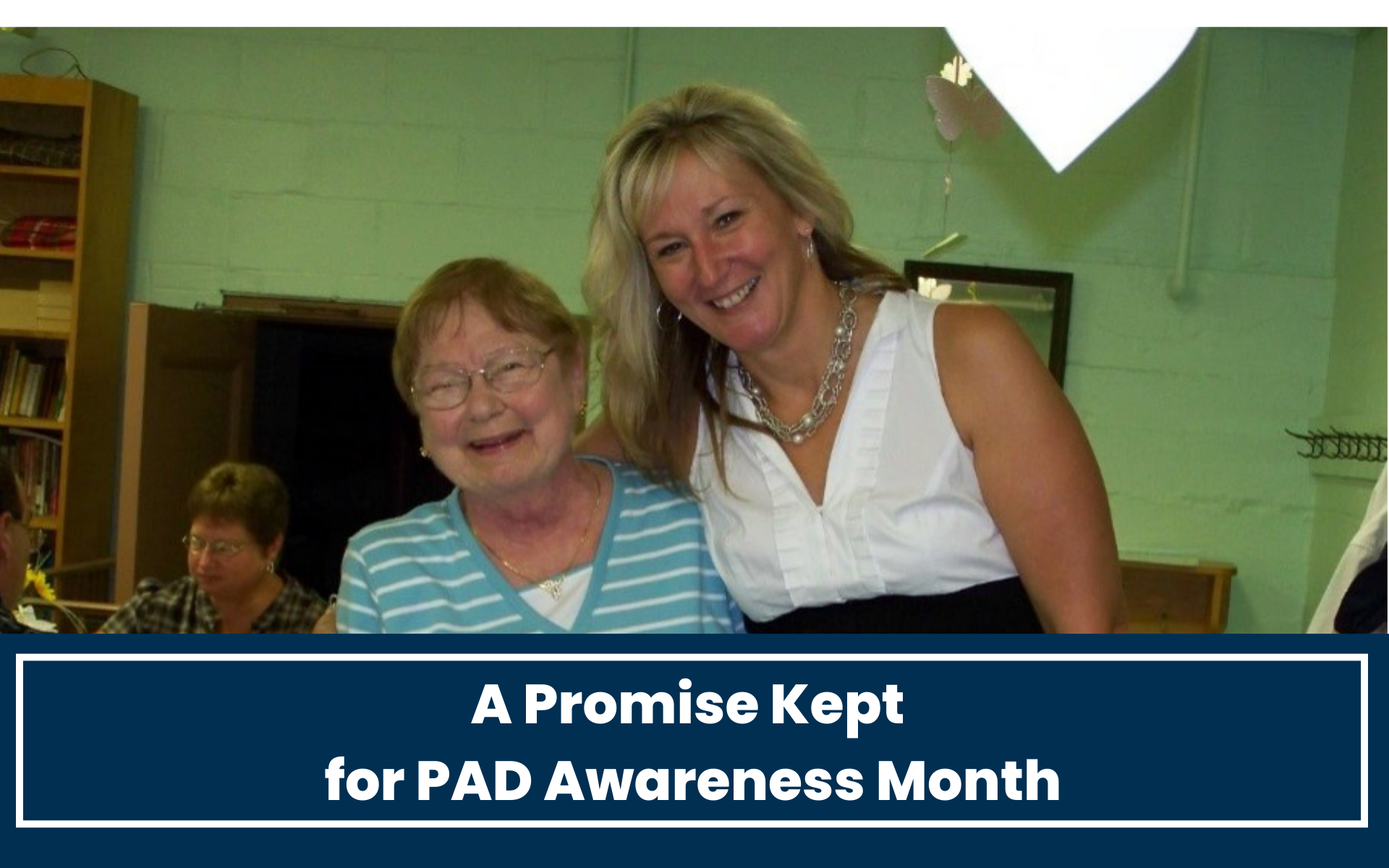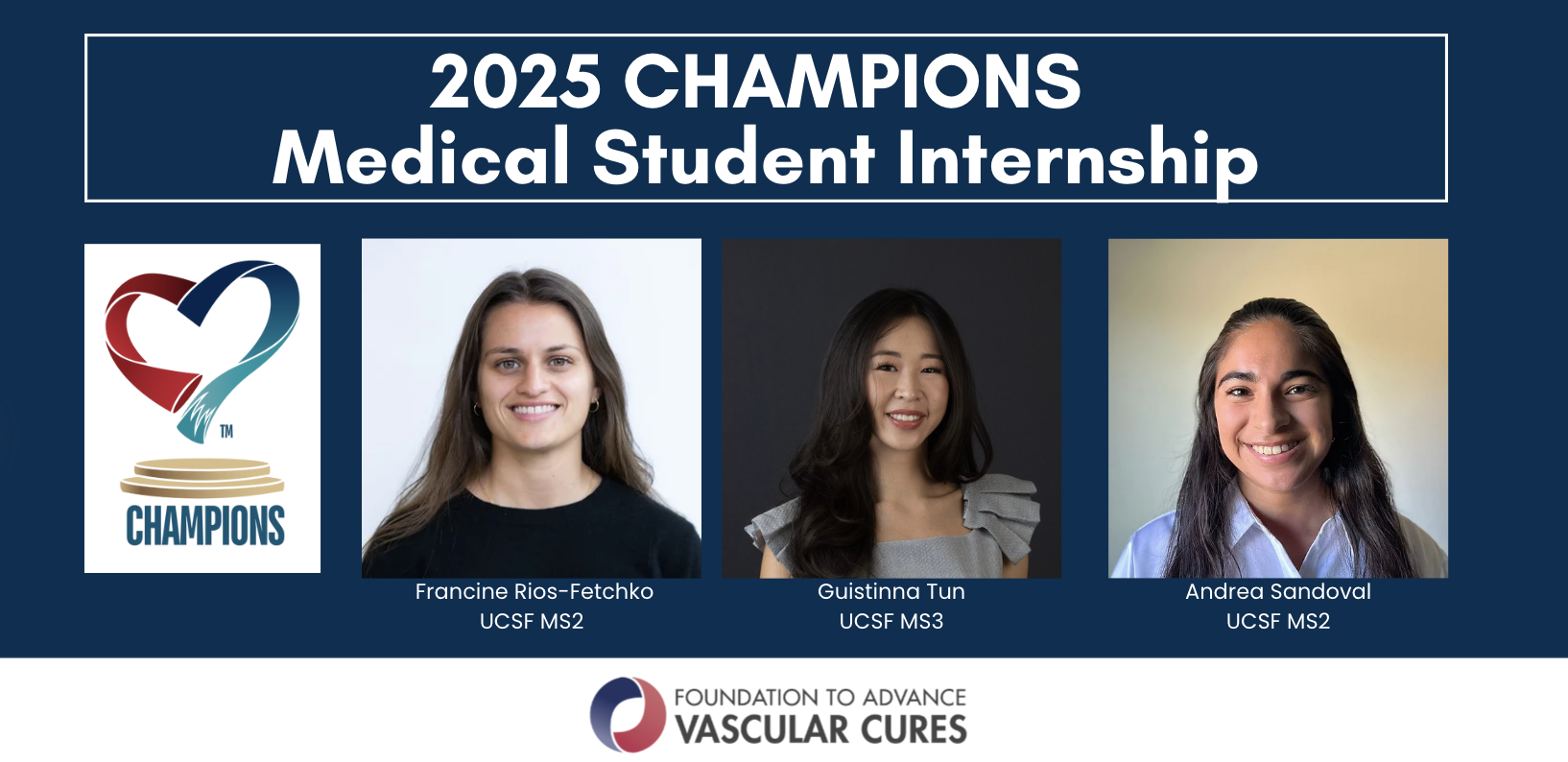Vascular Innovation Spotlight: Limb Saving Toe and Flow Model with Dr. David Armstrong | Part I
Written by Kymberlie McNicholas, Founder of The Way to My Heart
“It’s a real game-changer when different specialists can literally be with the patient at the same time,” explains USC Keck School of Medicine Professor of Surgery and American Limb Preservation Society President Dr. David Armstrong.
As part of our ongoing Vascular Innovation Series in conjunction with The Way to My Heart, Emmy Award-winning Journalist Kym McNicholas interviews USC Keck School of Medicine Professor of Surgery and American Limb Preservation Society President Dr. David Armstrong about the “Toe and Flow” care model, designed to reduce amputations globally. This is part of a two-part series. Part II is an interview with the Co-Director of the University of California at San Francisco Center for Limb Preservation, Dr. Alex Reyzelman, about how his team has successfully implemented the Toe and Flow model to save life and limb.
Background:
Every 20 seconds someone around the world loses a limb due to underlying conditions like diabetes and advanced peripheral artery disease (PAD). While most patients are treated by a single specialist, leaders in limb preservation have shown that successful wound care requires a multidisciplinary approach that integrates multiple specialties. This approach specifically includes a highly trained vascular specialist to restore flow to the small vessels below-the-ankle and a podiatric specialist highly trained in wound care to ensure more perfusion in the tissue surrounding the wound. Dr. David Armstrong describes the incredible impact of the Toe and Flow model in preventing amputations, and the opportunities and challenges to implementing this model on a large scale.
Describe the “Toe and Flow” model and why it’s important.
Just as no person is unto him or herself an island, I believe that no clinician, physician or surgeon or therapist, is unto him or herself an island. Podiatric surgeons and interventional vascular specialists are typically each in their own silos. I believe both are critical in reducing PAD and diabetes-related amputations. So, about 10 or 15 years ago, my friend Dr. Joseph Mills (Baylor University) and I, who’s a gifted vascular surgeon, came together and we said, “Well, why don’t we develop a team where you have a vascular specialist and podiatric specialist on one integrated service?” That team, which was originally at the University of Arizona, became known as the “Toe and Flow” model. And that model became the irreducible minimum of taking care of many of these patients; you can take care of a lot of the reconstructive surgical bits and a lot of the vascular bits all in one team. It makes things so much more efficient for the patient. It’s a real game-changer when different specialists can literally be with the patient at the same time.
What does the Toe & Flow Model look like at the USC Keck School of Medicine?
The three key people we have in our clinic are in podiatric surgery, vascular surgery, and physical therapy. We have gone a small step beyond just toe and flow, and we call it “Toe, Flow, and Go,” where we add in physical therapy to get people moving. It’s important to improve claudication in patients with PAD. We also call upon other clinicians on special clinic days to support our patients in other unique but important ways. They include shoe specialists, nutritionists, and behavioral medicine folks who are in the same hallway. We are lucky to have renowned diabetologists in our unit at USC who are an active part of our program, as well as our general practitioners in family medicine and geriatric medicine. Finally, we have occupational therapists who are calling in as needed to ensure that people are getting back to work, or to ensure their home situation is optimized in terms of their ability to get around their home. It’s really a village of patient care.
How are you using the American Limb Preservation Society (ALPS) to scale this model globally?
We have a program we are building where doctors contact ALPS and we serve as a matchmaker to bridge disciplines in a region. We also have a visiting fellowship program where doctors from different disciplines can spend time at our Centers of Excellence around the country to learn what an effective model looks like and go back to apply the knowledge in their own unit. We ask that all fellows check-in every so often with progress reports so that we can share outcomes and continue to improve patient care and reduce the number of amputations globally. Plus, we have multiple meetings and our annual conference called DFCon (Diabetic Foot Conference) where doctors of different specialties come together and share ideas with one another. Each time this happens, toe and flow units blossom around the country and around the world.
Are you facing resistance in scaling this model?
Voltaire said that common sense isn’t so common. He was right back then, and I think he is right today. I think that just because this model makes sense, doesn’t mean that it’s going to happen everywhere. It didn’t happen in the past because, while it’s easy to talk about putting specialists together, it’s hard to do. Now, we have a model that makes it easy to bring specialists together. Since this problem now is more expensive than the five most expensive cancers in the United States and around the world, I think more are open to trying it. I believe this model is necessary, and the data show it works with the right team in place. So, buckle up.
Disclaimer:
This interview was produced by The Way To My Heart in partnership with Vascular Cures. Neither The Way To My Heart nor Vascular Cures endorse any specific products, entrepreneurs, companies, organizations, drug or device trials, and/or healthcare professionals, including diagnosis or treatment programs. The information, advice, and views shared in this interview are that of the individual speakers and are offered for educational and informational purposes only.
This content is not intended to be
a substitute for professional medical advice, diagnosis, or treatment. Don’t
act on any information provided in this interview without the explicit consent
of your own healthcare provider who knows your situation best.
If you think you are having a medical emergency, please go to the nearest emergency room or dial 911.
Important Note: Health-related information on this page, including text, graphics, images and other material is for educational purposes only and is not intended to be a substitute for professional medical advice, diagnosis or treatment. All opinions discussed in the PAD Facebook Group and Online Community are solely at the discretion of the administrators and community members and participants.
To learn more about Vascular Cures’ Patients as Partners Program, please visit: https://vascularcures.org/patients-as-partners/




